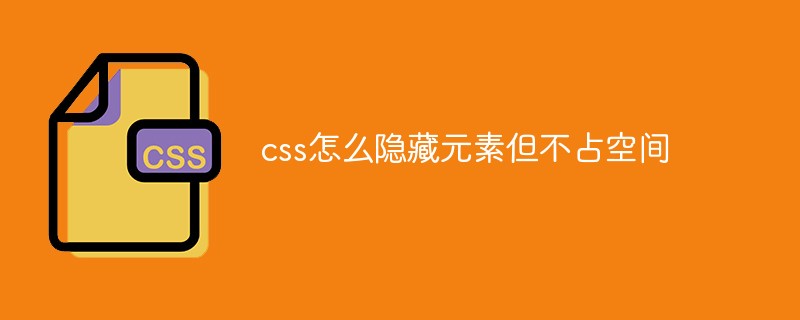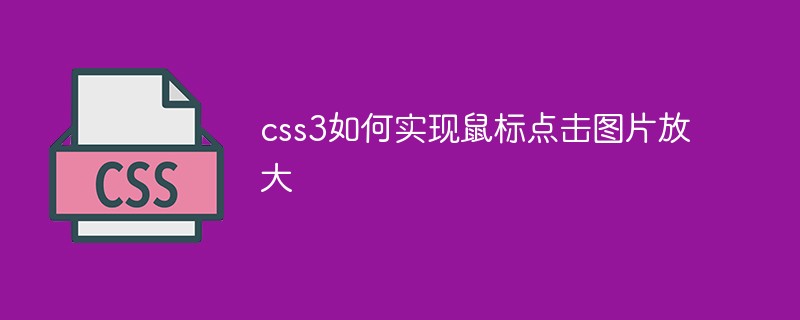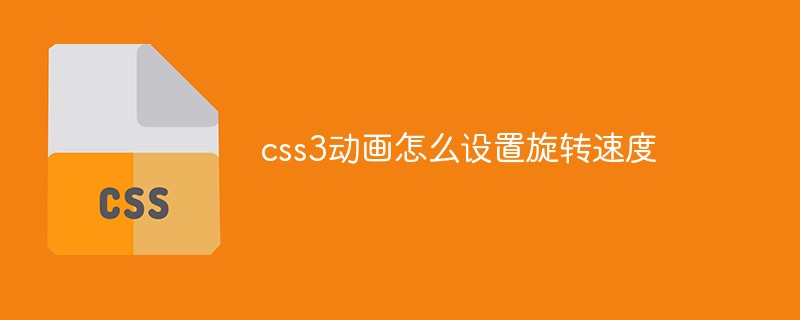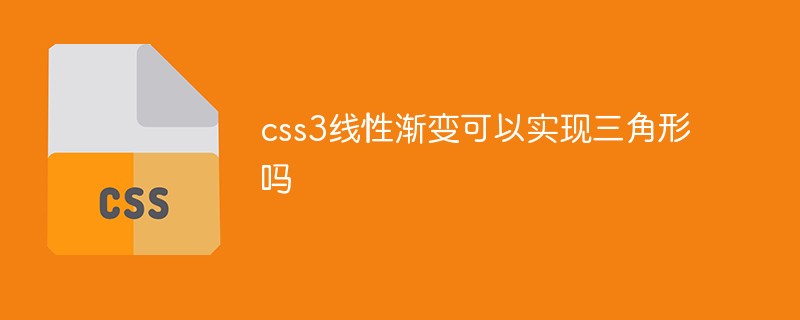"Han Shunping's 2016 Latest CSS3 Video Tutorial" is a technical explanation of the new css technology, css3, which is upgraded based on css2 technology to achieve better results. CSS3 is an upgraded version of CSS technology, and CSS3 language development is developing towards modularity. Break it down into smaller modules. These modules include: box model, list module, hyperlink method, language module, background and border, text effects, multi-column layout, etc.

Course playback address: http://www.php.cn/course/441.html
The teacher’s teaching style:
The teacher’s lectures are vivid, witty, witty, and touching. A vivid metaphor is like the finishing touch, opening the door to wisdom for students; a well-placed humor brings a knowing smile to students, like drinking a glass of mellow wine, giving people aftertaste and nostalgia; a philosopher's aphorisms, cultural references Proverbs are interspersed from time to time in the narration, giving people thinking and warning.
The more difficult point in this video is to insert inline boxes using CSS3:
The main idea of the layout mode Flexbox layout introduced by CSS3 is to give the container the ability to enable its sub-projects. Change its width, height to best fill the available space. Flex containers use Flex items to automatically expand and contract to fill available free space.
More importantly, Flexbox layout direction is unpredictable, unlike conventional layouts (block-level from top to bottom, inline from left to right), which are suitable for page layout, but are not suitable for supporting large or complex The application lacks flexibility.
If regular layout is based on block and inline text flow directions, then Flex layout is based on "Flex-flow" direction. Let’s first understand some special terminology of the telescopic box model.
Spindle: The main axis of the Flex container is mainly used to configure Flex projects. It is not necessarily horizontal, it mainly depends on the fle-direction attribute.
Spindle starting point, main axis end point: The configuration of the Flex project starts from the main axis starting point of the container and ends at the main axis end point.
Main axis length: The width or height of the Flex project in the main axis direction is the main axis length of the project. The main axis length attribute of the Flex project is the width or height attribute, which one faces the main axis direction is determined.
Side axis: The axis perpendicular to the main axis is called the side axis, which is an extension of the side axis direction.
Cross-axis starting point, cross-axis end point: The configuration of the telescopic row starts from the cross-axis starting point of the container and ends at the cross-axis end point.
Cross-axis length: The width or height of the Flex project in the cross-axis direction is the cross-axis length of the project. The cross-axis length attribute of the Flex project is the widht or height attribute, whichever is facing the main axis direction is determined.
The syntax specification of Flex layout has undergone great changes over the past few years, which has also brought certain limitations to the use of Flexbox. Because there are many versions of the syntax specification and inconsistent browser support, Flexbox layout is not used much. . Flexbox layout syntax specifications are mainly divided into three types.
Here we also recommend downloading the source code resources: http://www.php.cn/xiazai/learn/2127
The resources are shared with you. Video courseware and source code
The above is the detailed content of Han Shunping's latest CSS3 video tutorial source code courseware. For more information, please follow other related articles on the PHP Chinese website!
 css怎么隐藏元素但不占空间Jun 01, 2022 pm 07:15 PM
css怎么隐藏元素但不占空间Jun 01, 2022 pm 07:15 PM两种方法:1、利用display属性,只需给元素添加“display:none;”样式即可。2、利用position和top属性设置元素绝对定位来隐藏元素,只需给元素添加“position:absolute;top:-9999px;”样式。
 原来利用纯CSS也能实现文字轮播与图片轮播!Jun 10, 2022 pm 01:00 PM
原来利用纯CSS也能实现文字轮播与图片轮播!Jun 10, 2022 pm 01:00 PM怎么制作文字轮播与图片轮播?大家第一想到的是不是利用js,其实利用纯CSS也能实现文字轮播与图片轮播,下面来看看实现方法,希望对大家有所帮助!
 css3如何实现鼠标点击图片放大Apr 25, 2022 pm 04:52 PM
css3如何实现鼠标点击图片放大Apr 25, 2022 pm 04:52 PM实现方法:1、使用“:active”选择器选中鼠标点击图片的状态;2、使用transform属性和scale()函数实现图片放大效果,语法“img:active {transform: scale(x轴放大倍数,y轴放大倍数);}”。
 css3什么是自适应布局Jun 02, 2022 pm 12:05 PM
css3什么是自适应布局Jun 02, 2022 pm 12:05 PM自适应布局又称“响应式布局”,是指可以自动识别屏幕宽度、并做出相应调整的网页布局;这样的网页能够兼容多个不同的终端,而不是为每个终端做一个特定的版本。自适应布局是为解决移动端浏览网页而诞生的,能够为使用不同终端的用户提供很好的用户体验。
 css3动画效果有变形吗Apr 28, 2022 pm 02:20 PM
css3动画效果有变形吗Apr 28, 2022 pm 02:20 PMcss3中的动画效果有变形;可以利用“animation:动画属性 @keyframes ..{..{transform:变形属性}}”实现变形动画效果,animation属性用于设置动画样式,transform属性用于设置变形样式。
 css3怎么设置动画旋转速度Apr 28, 2022 pm 04:32 PM
css3怎么设置动画旋转速度Apr 28, 2022 pm 04:32 PM在css3中,可以利用“animation-timing-function”属性设置动画旋转速度,该属性用于指定动画将如何完成一个周期,设置动画的速度曲线,语法为“元素{animation-timing-function:速度属性值;}”。
 css3线性渐变可以实现三角形吗Apr 25, 2022 pm 02:47 PM
css3线性渐变可以实现三角形吗Apr 25, 2022 pm 02:47 PMcss3线性渐变可以实现三角形;只需创建一个45度的线性渐变,设置渐变色为两种固定颜色,一个是三角形的颜色,另一个为透明色即可,语法“linear-gradient(45deg,颜色值,颜色值 50%,透明色 50%,透明色 100%)”。
 一文了解CSS3中的新特性 ::target-text 选择器Apr 12, 2022 am 11:24 AM
一文了解CSS3中的新特性 ::target-text 选择器Apr 12, 2022 am 11:24 AM本篇文章带大家一起深入了解一下CSS3中的新特性::target-text 选择器,聊聊该选择器的作用和使用方法,希望对大家有所帮助!


Hot AI Tools

Undresser.AI Undress
AI-powered app for creating realistic nude photos

AI Clothes Remover
Online AI tool for removing clothes from photos.

Undress AI Tool
Undress images for free

Clothoff.io
AI clothes remover

AI Hentai Generator
Generate AI Hentai for free.

Hot Article

Hot Tools

Dreamweaver CS6
Visual web development tools

DVWA
Damn Vulnerable Web App (DVWA) is a PHP/MySQL web application that is very vulnerable. Its main goals are to be an aid for security professionals to test their skills and tools in a legal environment, to help web developers better understand the process of securing web applications, and to help teachers/students teach/learn in a classroom environment Web application security. The goal of DVWA is to practice some of the most common web vulnerabilities through a simple and straightforward interface, with varying degrees of difficulty. Please note that this software

WebStorm Mac version
Useful JavaScript development tools

Atom editor mac version download
The most popular open source editor

MinGW - Minimalist GNU for Windows
This project is in the process of being migrated to osdn.net/projects/mingw, you can continue to follow us there. MinGW: A native Windows port of the GNU Compiler Collection (GCC), freely distributable import libraries and header files for building native Windows applications; includes extensions to the MSVC runtime to support C99 functionality. All MinGW software can run on 64-bit Windows platforms.






